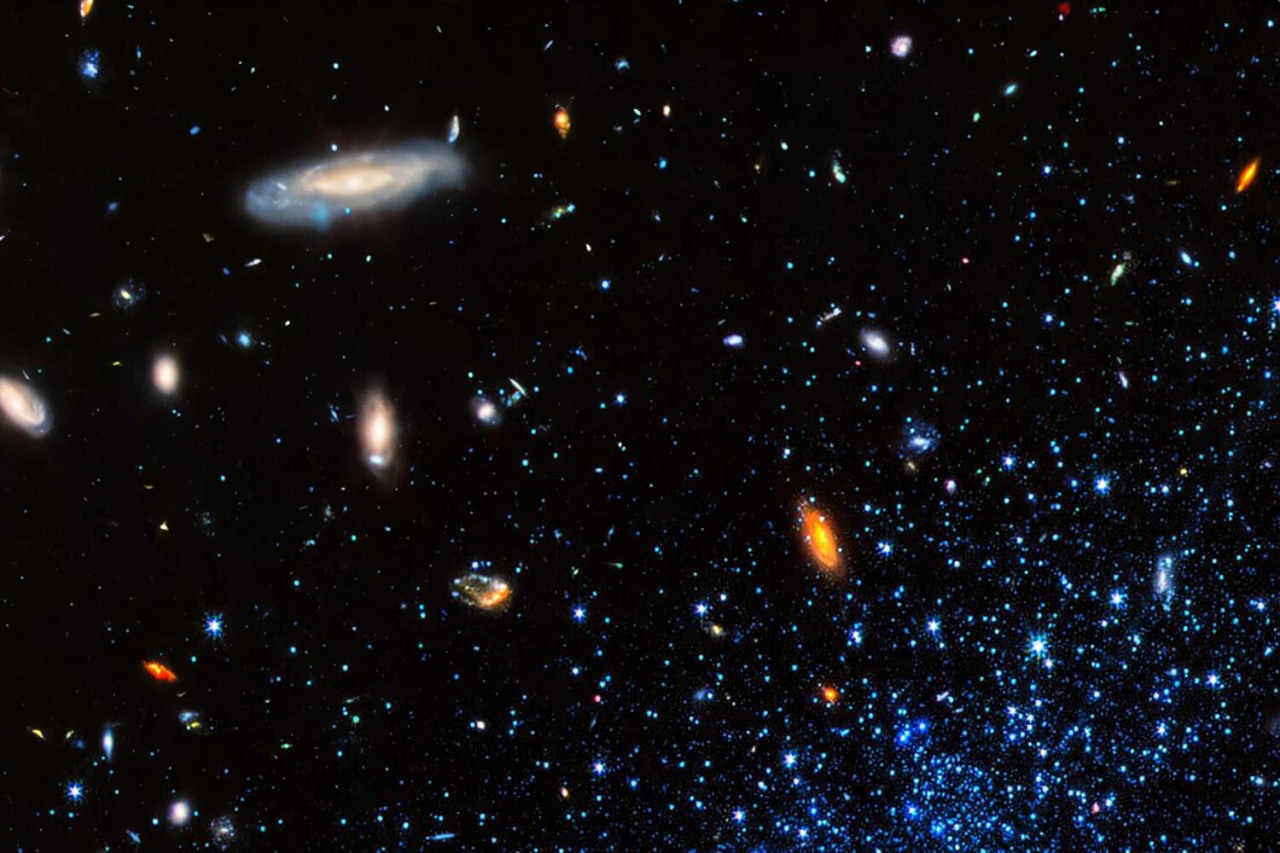An international team of scientists has developed and pioneered a new technology that has produced the sharpest image of a star's disk ever recorded by ground-based telescopes. The work was published in The Astrophysical Journal Letters (AJL).
Key to this breakthrough was the "photon flashlight," a device that separates starlight into individual waves based on the shape of its wavefront, preserving the smallest details typically lost in traditional imaging. By combining this data, astronomers were able to reconstruct the disk around the nearest star with unprecedented precision.
Astronomers usually combine data from multiple telescopes to get super sharp images. But in this case, the scientists achieved this result with a single telescope, the new FIRST-PL instrument developed by the Paris Observatory and the University of Hawaii on the 8-meter Subaru Telescope in Hawaii.
The photonic flashlight, developed by researchers at the University of Sydney and the University of Central Florida, splits light into multiple waves, similar to how a chord is split into individual notes, then colors, like a rainbow. This made it possible to study the smallest variations in light, which were inaccessible to traditional cameras.
"We obtained an image with a resolution five times higher than anything previously possible," said co-author and graduate student Yoo Jong Kim. "This was made possible by precisely analyzing the shape of the light waves entering the optical fiber."
Scientists observed the star Beta Canis Minoris, which is located approximately 162 light years away. It is surrounded by a disk of hydrogen, which resembles protoplanetary structures. Using a new method, astronomers noticed for the first time that the disc is asymmetrical. one part is brighter and denser than the other.
"The photon lantern opens up a new dimension in observational astronomy," added Michael Fitzgerald, professor of physics and astronomy. "We were able to exceed the diffraction limit, the limit defined by the nature of light."
According to the developers, the new method will allow us to observe disk structures, exoplanets and active galactic nuclei in unprecedented detail and reveal previously inaccessible aspects of the universe.
- Translation:Euromedia24.com-in:


























